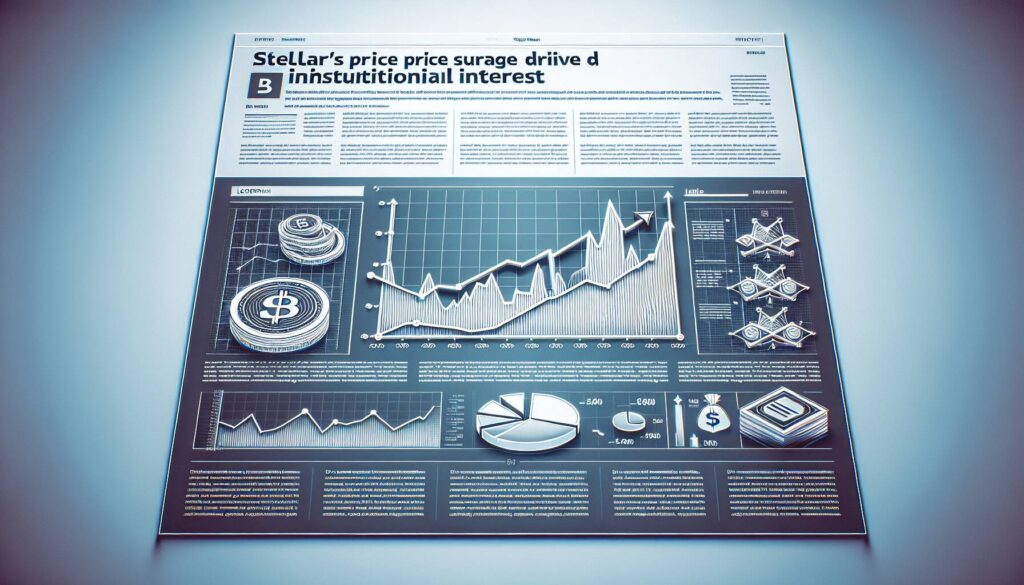A surge in blockchain-based investment funds has brought a fresh wave of interest and excitement to the cryptocurrency industry, with assets in these funds skyrocketing from $11.1 billion to nearly $30 billion in just one year. Prominent financial firms like VanEck, Fidelity, BNP Paribas, and Apollo are now joining the fray, launching their own on-chain investment funds, indicating a potential shift towards a mainstream adoption of blockchain technology in the financial sector.
Despite the promising trends, investors are urged to exercise caution. The rise of new financial products often accompanies familiar risks. Historically, trends like the SPAC boom or the ICO wave have left investors grappling with hidden pitfalls. These events serve as a poignant reminder that new technology, while offering lower costs and enhanced transparency, can also be manipulated by opportunists looking to capitalize on hype without delivering substantial value. As blockchain funds gain traction, distinguishing between genuine innovation and mere rebranding of traditional investment vehicles is crucial.
“Beware of Greeks Bearing Gifts,” a classic adage that reminds us to approach alluring offerings with a discerning mindset.
There is a growing concern that some blockchain initiatives may not provide the anticipated cost efficiencies or enhanced investor protections. A critical examination of fee structures is essential, as blockchain products should ideally streamline processes and reduce costs. Notably, critics highlight disparities in fees, noting instances where tokenized funds charge significantly more than their non-tokenized counterparts.
As the industry evolves, true democratization of capital markets must prioritize broader access and lower barriers for all investors, all while ensuring robust protections are in place. The recent efforts by entities such as Moody’s, which is testing a method to infuse traditional credit ratings into tokenized securities, illustrate the potential for combining established frameworks with innovative technology.
Ultimately, as blockchain technology continues to reshape financial landscapes, the key to navigating this new terrain lies in vigilance. Investors should adopt the same thoroughness they apply in traditional markets by scrutinizing fund structures, understanding costs, and demanding transparent practices to build trust and confidence in what could be a transformative era for investment products.

Blockchain Investment Funds: Risks and Considerations
Investors should be aware of the following key points regarding blockchain-based investment funds:
-
Rapid Growth of Blockchain Funds:
Assets in blockchain-based funds have surged from $11.1 billion to nearly $30 billion.
-
New Market Entrants:
Notable firms like VanEck, Fidelity, BNP Paribas, and Apollo are launching on-chain investment products.
-
Vigilance Required:
Investors must be cautious and not repeat the mistakes from past market manias (e.g., SPACs, ICOs).
-
Potential for Cost Efficiency:
Blockchain technology can lead to lower costs and increased transparency, but this is not guaranteed.
-
Scrutiny of Fees:
Investors should be wary of high fees; for example, tokenized funds can be up to 42 times more expensive than traditional counterparts.
-
Beware of Product Complexity:
Watch for funds that appear overly complex or are merely rebranded traditional products with little innovation.
-
Importance of Clear Structures:
Understanding whether a product is issued natively on-chain or simply tokenized is crucial for assessing its efficiency and potential costs.
-
Need for Trusted Ratings:
Integration of familiar credit ratings into tokenized products can enhance transparency and trust for investors.
-
Regulatory Oversight:
The SEC emphasizes maintaining investor protections while modernizing financial markets with blockchain.
-
Continuous Vigilance Essential:
Investors should maintain the same scrutiny in digital markets as they do in traditional ones, including reviewing prospectuses and expense ratios.
These points highlight the necessity for investor diligence in navigating the rapidly evolving landscape of blockchain investment products, balancing potential benefits against inherent risks.
Navigating the Landscape of Blockchain-Issued Investment Funds
The recent surge in blockchain-based investment products has generated significant attention, particularly as major financial players like VanEck, Fidelity, BNP Paribas, and Apollo enter the arena. With assets ballooning from $11.1 billion to nearly $30 billion in just a year, the potential for growth is evident. However, this meteoric rise comes with a familiar set of challenges that could prove detrimental for unsuspecting investors. While blockchain technology offers the allure of lower costs and increased efficiency, a closer examination reveals disparities that could determine the success or failure of these offerings.
Competitive Advantages: The promise of blockchain-based funds lies in their potential to streamline processes, reduce fees, and enhance transparency. By leveraging innovative technology, these funds could offer investors a more agile investment experience, thereby attracting a demographic eager for modern solutions to traditional investment problems. Furthermore, the integration of industry-standard ratings systems, such as those being tested by Moody’s, adds an essential layer of credibility and familiarization for wary investors.
Competitive Disadvantages: Conversely, a critical eye must be cast upon the structure and fees associated with these new investment vehicles. The ability to rebrand existing products under the blockchain umbrella could lead to a proliferation of offerings that do not provide any real advantage over traditional counterparts. For instance, if a blockchain product remains burdened by high fees—up to 42 times more expensive than its non-tokenized equivalents—investors might find themselves paying a premium for perceived innovation rather than actual performance. Such developments could create a cycle of disillusionment, especially for investors drawn in by the promise of democratization only to face higher costs and opaque strategies.
This landscape poses both opportunities and risks for various market participants. For early adopters and tech-savvy investors, these blockchain products present an exciting frontier to explore. However, more conservative or traditional investors may find the transition to digital assets fraught with complications. As the SEC emphasizes the necessity of maintaining investor protections amidst technological advances, individuals venturing into these markets need to remain vigilant—reading fundamental guidelines and scrutinizing expense ratios to sidestep potential pitfalls.
In summary, while blockchain-based investment funds could revolutionize access to capital markets, investors should take heed and tread carefully to differentiate between genuine innovation and the allure of buzzwords. The forthcoming months will undoubtedly reveal which players can genuinely add value and which may simply be capitalizing on a trend.

















